Week one: Fearless
“I’m coming in,” I warned Kitty, who was taking shelter in the tent from the droves of mosquitoes swarming outside.
“Okay.”
“Can my friends come in, too?” I teased.
“No!”
The mosquitoes were no laughing matter, apparently. But we would have to come to terms with the bloodthirsty parasites sooner or later if we were going to survive three days in the Yosemite backcountry. Perhaps a truce or a state of social equilibrium could be reached. As long as I was outside the tent, assigned to the role of chief wildlife negotiator, I suppose I was responsible for coming up with a solution. Thus far, offering my skin as tribute had failed to appease the swarms. I could only hope for better luck in the morning.
This trip was meant to kick-start my summer hiking season and serve as a last hurrah for Kitty, who was scheduled for wrist surgery upon our return to Southern California. Yosemite seemed like a suitable playground for our ambitions. The National Park was celebrating the 150th anniversary of the Yosemite Grant, when President Abraham Lincoln signed an act protecting Yosemite Valley and the Mariposa Grove of Giant Sequoias. That was the first time our federal government ever set aside wild lands purely for the public’s use and enjoyment. Unfortunately, after just seven hours on the trail, part of me wanted my tax money back, because I certainly wasn’t feeling much enjoyment with so many winged demons hovering about.

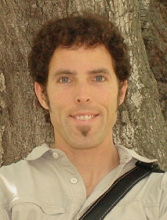

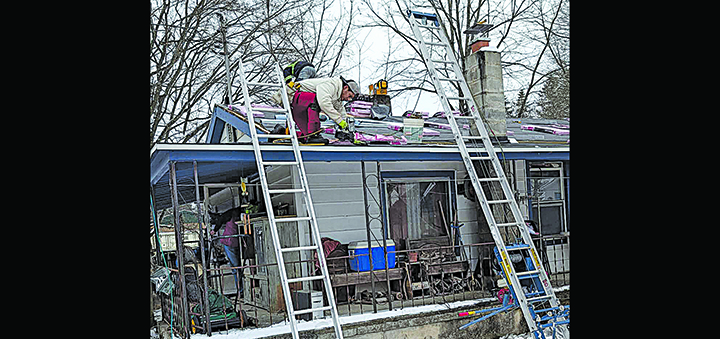
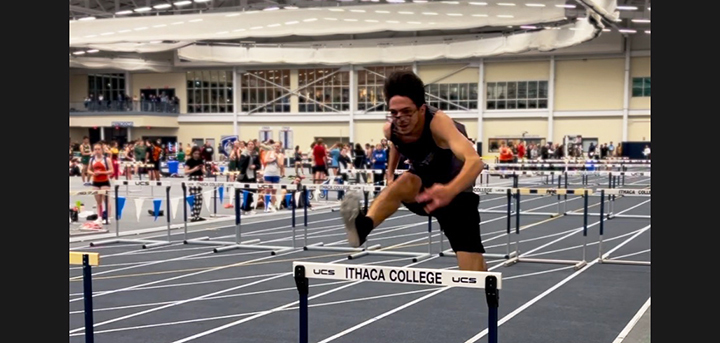
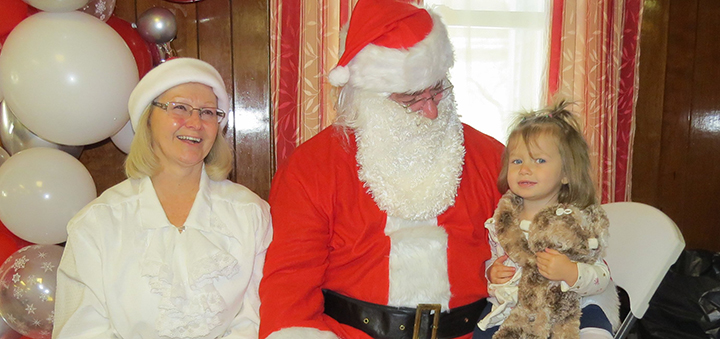


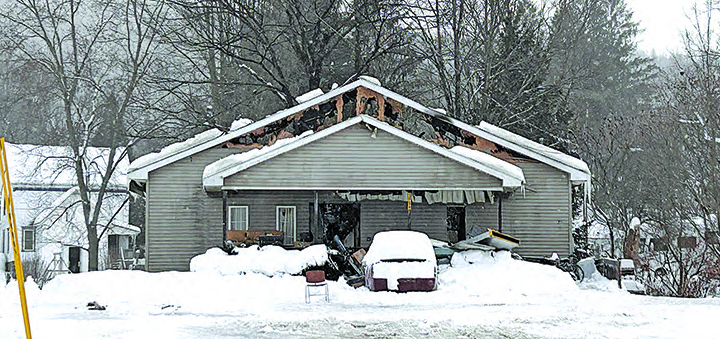

Comments